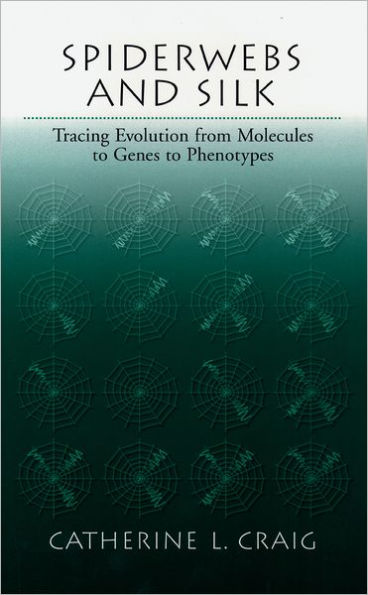5
1
9780195129168



Spiderwebs and Silk: Tracing Evolution From Molecules to Genes to Phenotypes available in Hardcover, eBook

Spiderwebs and Silk: Tracing Evolution From Molecules to Genes to Phenotypes
- ISBN-10:
- 0195129164
- ISBN-13:
- 9780195129168
- Pub. Date:
- 08/21/2003
- Publisher:
- Oxford University Press
- ISBN-10:
- 0195129164
- ISBN-13:
- 9780195129168
- Pub. Date:
- 08/21/2003
- Publisher:
- Oxford University Press

Spiderwebs and Silk: Tracing Evolution From Molecules to Genes to Phenotypes
$59.0
Current price is , Original price is $59.0. You
59.0
In Stock

Product Details
| ISBN-13: | 9780195129168 |
|---|---|
| Publisher: | Oxford University Press |
| Publication date: | 08/21/2003 |
| Pages: | 256 |
| Product dimensions: | 9.54(w) x 6.48(h) x 0.82(d) |
From the B&N Reads Blog
